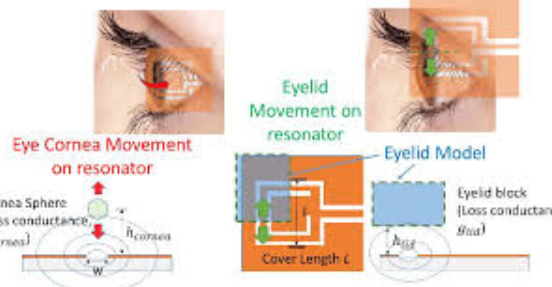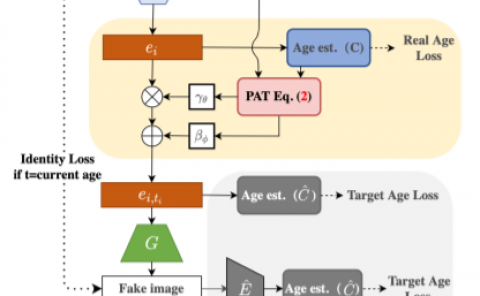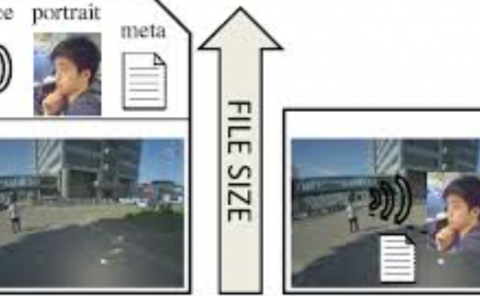Microwave Resonator for Eye Tracking
PubDate: November 2019
Teams: Dalian University of Technology
Writers: Chieh-Sen Lee; Bin Bai; Qin-Rui Song; Zhi-Qiang Wang; Guo-Fen Li
PDF: Microwave Resonator for Eye Tracking

Abstract
This article presents a novel microwave resonator for eye tracking. The system is implemented using coplanar waveguide technology and consists of two identical configurations with a pair of mirror-symmetrical open complementary split-ring resonators. These two sensors are combined with a wearable device placed on the eye and glass frame corners. The proposed evaluation uses two uncoupled and separate reflection magnitudes for differential cross modes. Each sensor has two resonance frequencies, fL and fH, to detect horizontal and vertical eye sweeping, respectively. As the user’s focus sweeps left to right or up and down with the wearable device, the asymmetrical conditions of the eyelid and cornea enhance the variation in differential reflection magnitude. The paired sensors provide information for tracking eye action. By applying the resonator perturbation theory, the eyelid and eye cornea locations above the planar resonator location were analyzed using the equivalent permittivity and conductance loss relationship, respectively. The experimental results indicate that the resonator tracker can detect relative changes in eye gaze from 50° to 130° horizontally (average 8.81-dB variation) and from 40° to 140° vertically (average 9.43-dB variation). These eye sweeping directions, thus, connect at 90°. Initial calculations reveal that the optimal eye tracking function is achieved and that the tracking method is suitable for individual users.



